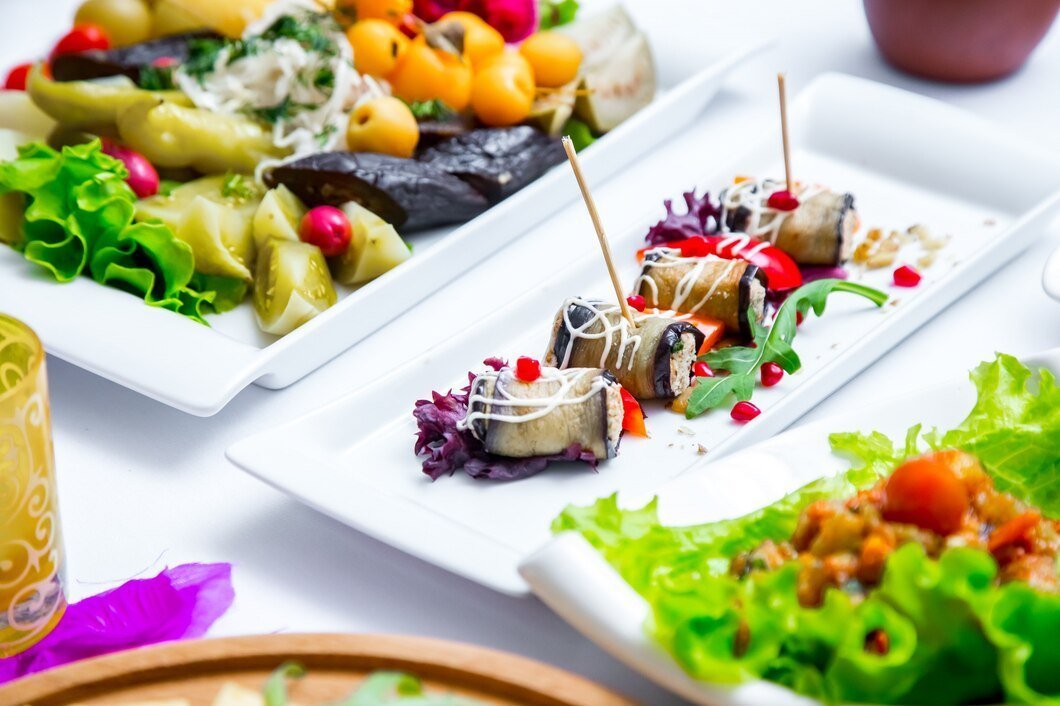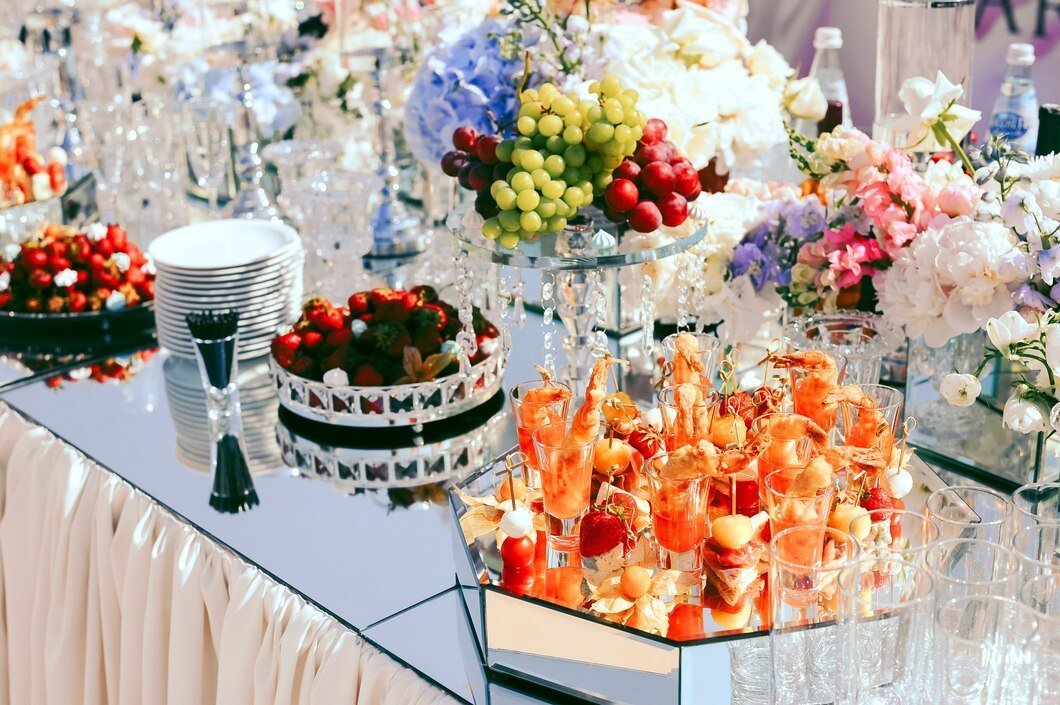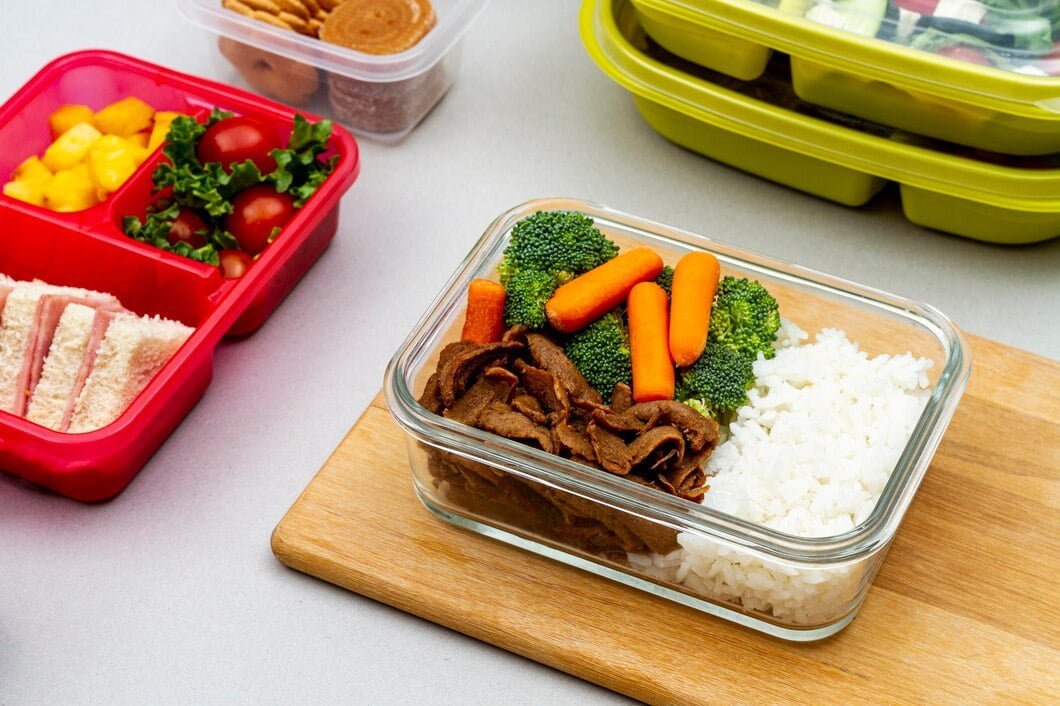Cold or Hot? Which Reigns Supreme in Coffee Catering?
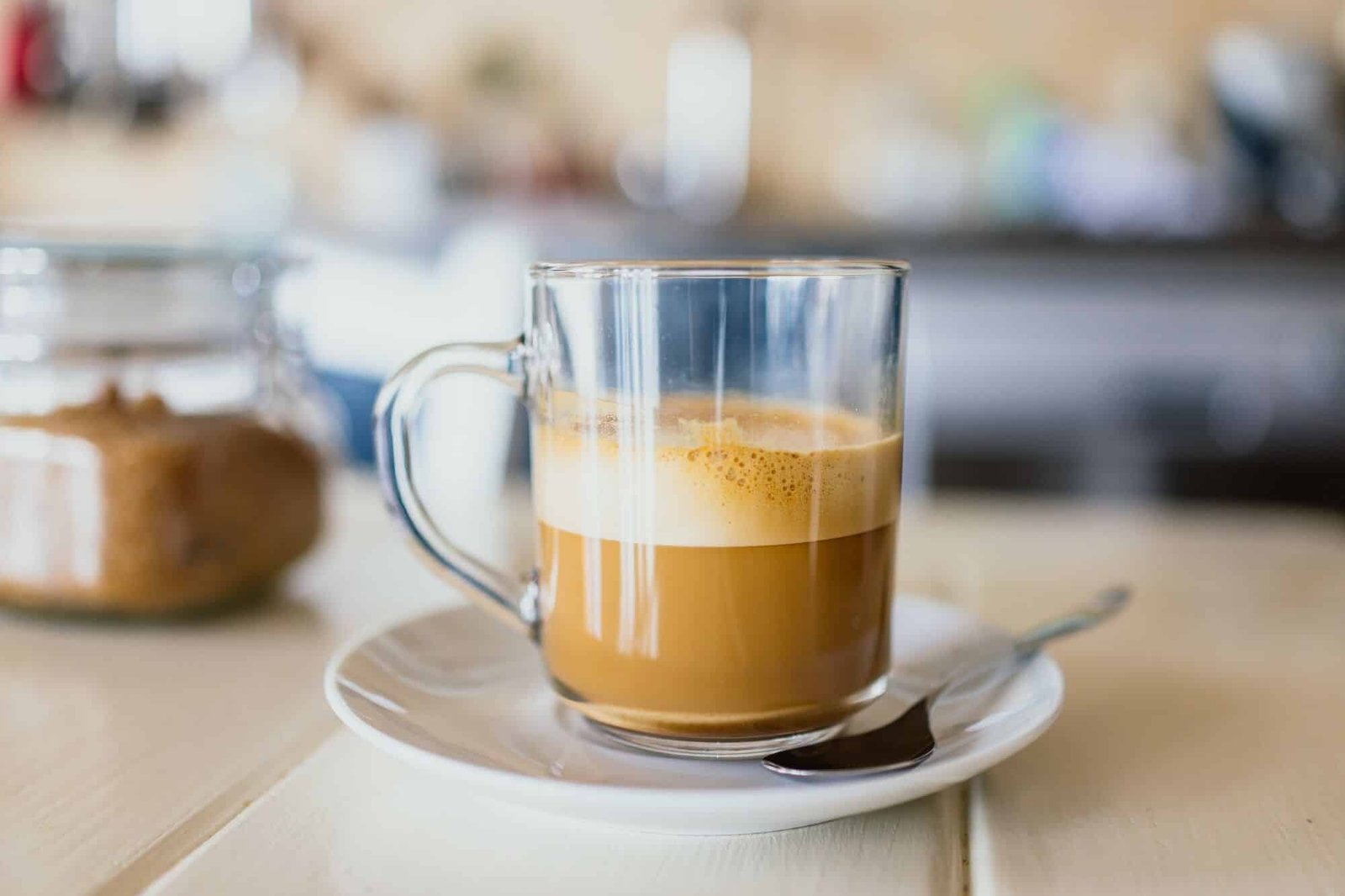
Coffee catering is an art that hinges on one crucial decision: cold brew or hot brew? The clash between these two brewing methods has sparked a heated debate among coffee enthusiasts. As caterers, we strive to create unforgettable experiences, and choosing the right brew plays a pivotal role.
In this blog, we dive deep into the great brew debate, exploring cold and hot brew’s unique qualities and merits. Join us on this flavorful journey as we seek to uncover what reigns supreme in the world of coffee catering. Get ready to sip, savour, and decide – cold or hot?
What’s Cold Brew?
Cold brew has recently gained popularity as a refreshing alternative to hot coffee. But what exactly is cold brew? Unlike hot coffee brewed with hot water, cold brew involves steeping ground coffee beans in cold water for an extended period – usually around 12 to 24 hours.
This slow process extracts the flavour and caffeine from the beans without the bitterness that can sometimes result from traditional brewing methods. One advantage of serving cold brew at your catering event is its versatility. It can be enjoyed independently or mixed with various syrups and milk to create unique and flavorful drinks that cater to every taste preference.
Another benefit is its smoothness – because it contains less acidity than hot coffee, it’s easier on sensitive stomachs. However, there are some downsides to consider when exploring cold brew for your event. It requires more preparation time due to its longer steeping process.
Additionally, because of the brewing method, you’ll need more grounds per batch than hot coffee. Cold brew offers a unique twist on traditional coffee catering that many attendees will appreciate. Its rich flavour profile and endless customisation options make it a strong contender against classic hot-brewed coffee options.
What’s Hot Brew?
Hot coffee has been a staple in the catering industry for years, and it’s still going strong. The hot brew is made by pouring hot water over ground coffee beans. This process allows oils and flavours to be released into the water faster than cold brewing techniques, resulting in a more robust flavour profile.
One of the primary benefits of hot brew is its versatility. It can be served black, with creamer or milk, sugar or sweetener- there are endless possibilities to customise your drink according to taste preference.
Another advantage of serving hot coffee is its ability to provide an instant energy boost due to its high caffeine content. The warmth also helps soothe sore throats and clear nasal passages, making it perfect for events held during flu season.
However, one downside of serving hot coffee at an event is that it cools down quickly and requires constant refilling compared to cold-brewed drinks that stay fresh longer without ice melting concerns.
While both options have their unique selling points, when it comes down to deciding between Cold Brew vs Hot Brew for your event’s catering needs ultimately depends on preferences such as the ambience desired – warm comfort versus refreshing coolness – time constraints (hot brewed coffees require frequent preparation), the audience likes; choosing either will not disappoint your guests’ palate!
Factors to Consider
Regarding coffee catering, choosing between hot and cold brew is not the only factor to consider. Several other factors can influence your decision.
One of the most important things to consider is the time of day. Hot coffee may be more appropriate if you’re hosting an event in the morning or early afternoon. However, cold brew might be a better choice if it’s a warm day or later in the day.
Another key factor is your audience’s preferences. If your guests prefer one type of coffee over another, it makes sense to cater to their tastes. The type of event also matters – if it’s a casual gathering or outdoor event, a cold brew could be perfect for quenching your thirst on a hot day.
But serving hot coffee might seem more professional if it’s a formal business meeting or conference. Budget considerations should also come into play when deciding which brew option to choose. Cold brewing equipment can often be more expensive than traditional drip coffee makers and may require additional setup time.
While some may argue that cold brew is more versatile due to its ability to be served as both iced coffee and warmed up if desired, others swear by the depth of flavour offered by hot brewed coffee alone.
Whether you serve cold or hot brew at your event depends on personal preference, seasonality, occasion type and guest demographics. Why not offer both options? That way, everyone can find something they love!
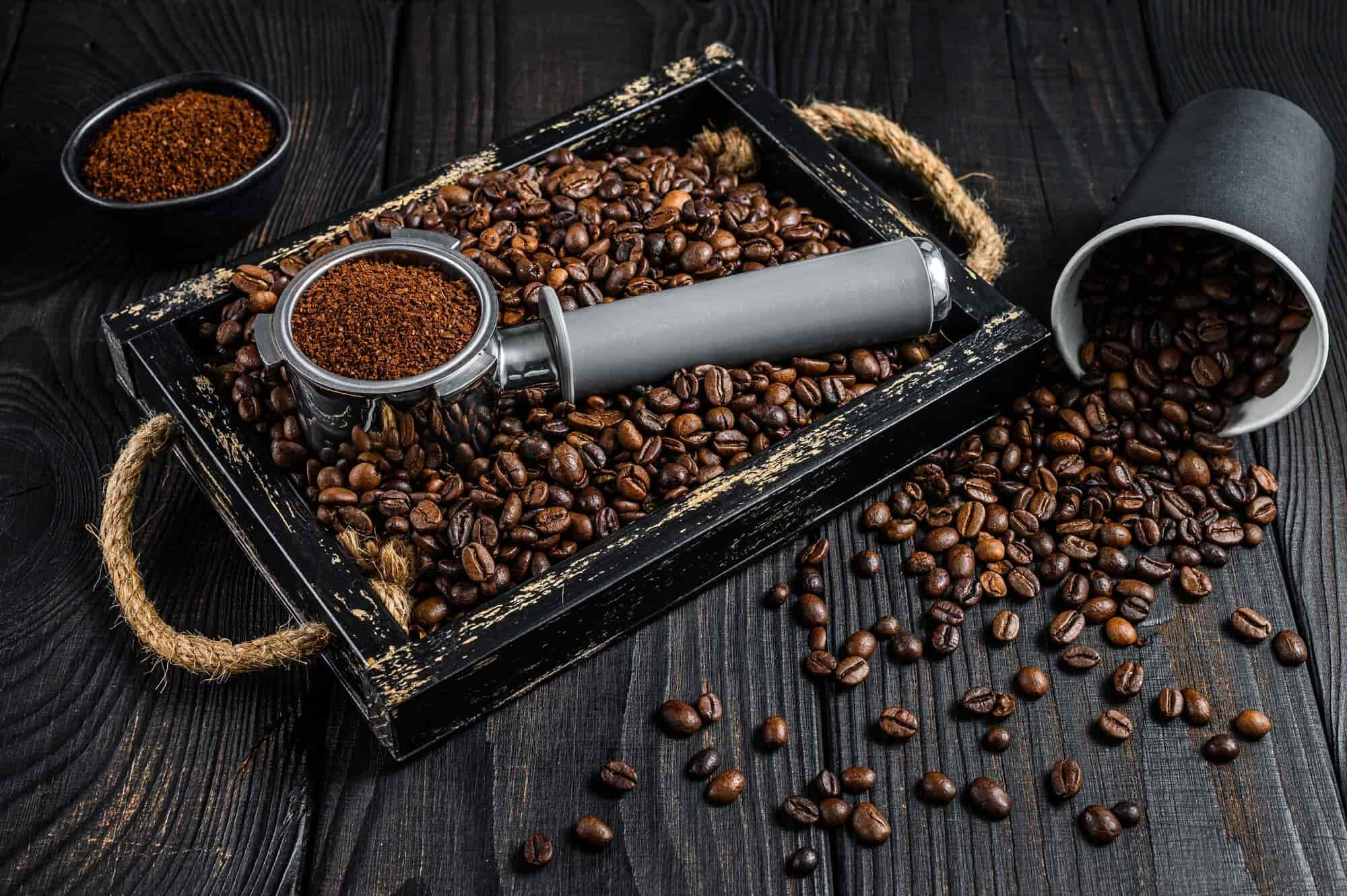
Conclusion
After exploring the characteristics and differences between cold brew and hot brew, it’s clear that both have their unique advantages in coffee catering events. Cold brew brings a smoother taste with less acidity, while hot brew offers a classic, bold flavour many people love.
The decision of which to serve at your event depends on various factors such as personal preference, weather conditions, and time of day. It’s important to consider what your guests may prefer and plan accordingly. No definitive answer exists whether cold or hot brew reigns supreme in coffee catering.
Both are excellent choices depending on the situation and audience. The best approach is understanding these two brewing methods and choosing based on your specific needs for each occasion.
So go ahead – try them out yourself and find which one suits you better!



